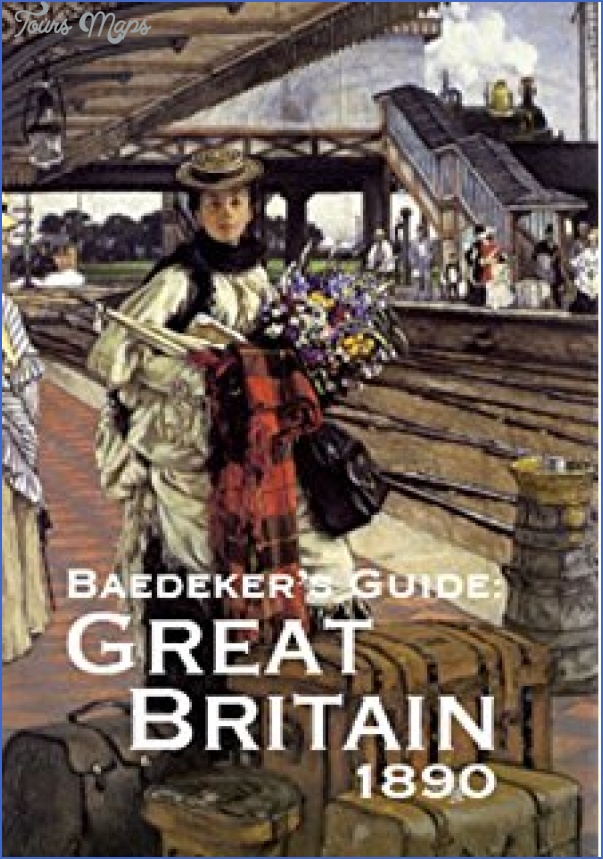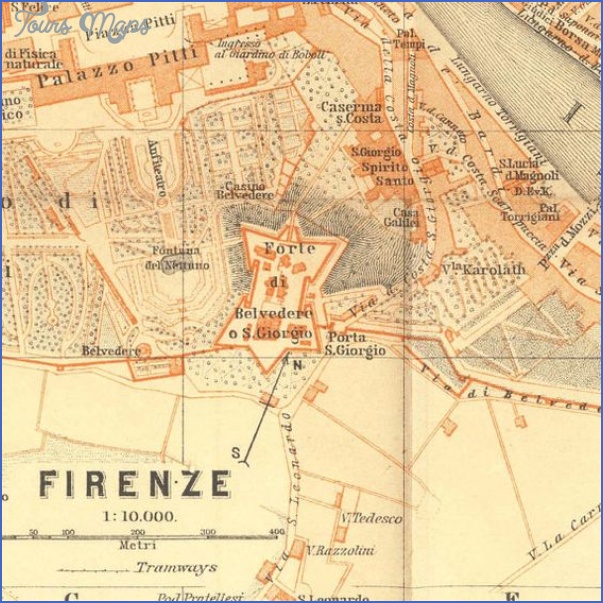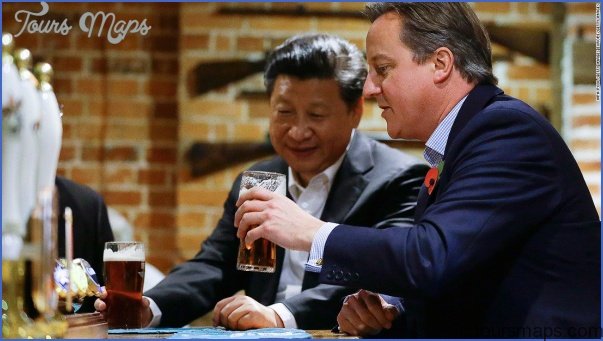The pleasure of a Chinese celebration meal lies not least in the accompanying rituals, the subtle interplay between the various courses, which may be served in a certain order to emphasise colour, aroma and taste, in the toasts and the conversation. Although even the Chinese no longer abide by it, there is a convention that dishes ought not to be ordered a la carte. In the best restaurants it is the custom to agree on a price and discuss in general terms what the meal will consist of, i.e. will it be based on duck, beef or vegetarian. It is then usually left to the chef’s discretion to decide how he will create the different courses. In this way the guest is then relieved ofthe task of having to choose from hundreds of dishes. Tea is usually drunk before the meal to settle the stomach.
To help stimulate the circulation and freshen up, guests are offered a hot damp cloth with which to wipe their face and hands. During the meal, beer is often served – the best beer comes from Qingdao – or a few glasses of rice spirit (maotai) or Shaoxing rice wine but not sake. No Chinese would ever dream of drinking tea with a meal. Traditionally only strong spirits would be served at the table, but in recent years beer and lighter sweet liqueurs have become popular, while wine made from grapes is something of a rarity. Boiled or fried rice, bread and noodles are side dishes which should not be mixed with the other food.
The left-hand side of the table is more important than the right, apart from at official or diplomatic receptions. The host sits down last and always apologises for the inadequacy of the food. Lifting a glass with a “qing” (please) or “ganbei” (roughly equivalent to “let’s empty our glasses”) is the normal toast with which to start a celebration meal.
Diners at a Chinese meal either feed themselves or may help their neighbour. The food is taken from the dish with chopsticks, only as much as can be consumed should be taken and nothing should be left on the plate. Guests are invited to empty their glasses with a toast. To be correct a diner will eat a little of everything and will not indicate which was his or her favourite. After about two hours the oldest in the group will stand and the remaining guests follow suit.
Eating soup noisily or slurping tea, tangling noodles and belching are regarded as gestures of approval. In Western countries the chicken breast with its tender white flesh is regarded as the best part of the bird, while in China guests are honoured to receive a piece of wing or thigh. Fish is served intact with head and tail as these parts are the “royal mouthfuls”.
The “kuaizi” or chopsticks are indispensable.
Only when the soup arrives at the end ofthe meal is a spoon used.
The first chopstick is held motionless between ring finger and the groove between thumb and forefinger.
The second chopstick is held alongside the first one between the tips ofthe middle and forefinger.
Keep the first chopstick still and manipulate the tip ofthe second one to grasp a morsel of food.
The thumb acts as a sort of hinge.
China Baedeker Special Table Etiquette Photo Gallery
Maybe You Like Them Too
- The Best Cities To Visit in The World
- World’s 10 Best Places To Visit
- Coolest Countries in the World to Visit
- Travel to Santorini, Greece
- Map of Barbados – Holiday in Barbados






